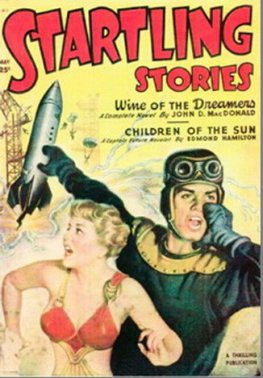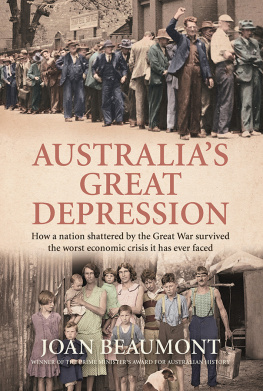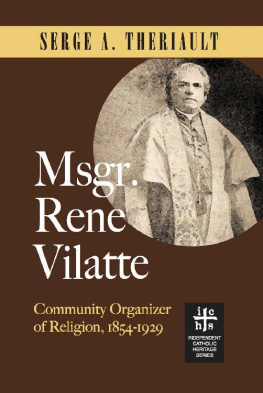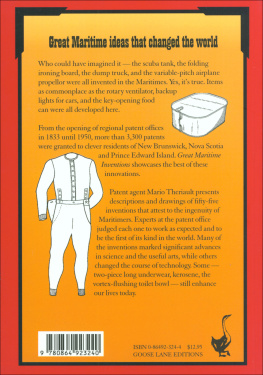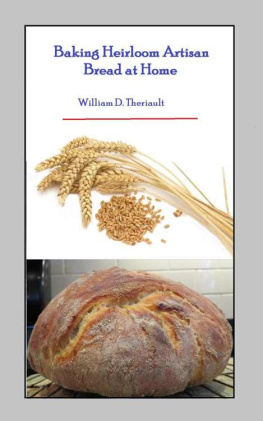Copyright 2021 by Brian J. Theriault
Author Edmond Theriault
All rights reserved. No part of this publication may be reproduced, distributed, or transmitted in any form or by any means, without prior written permission. No portion of this publication may be produced, stored in and electronic system, or transmitted in any form or by any means, electronic, mechanical, photocopy recording, or otherwise without written permission from the publishing company, Theriault's Snowshoes, owner Brian J. Theriault.
Publisher
Brian J. Theriault / Theriault's Snowshoes Author / Edmond Theriault
P.O. Box 242
Fort Kent Mills, Maine 04744 U.S.A.
www.Ilovesnowshoes.com
www.Northamericansnowshoes.com
Book Layout 2017 BookDesignTemplates.com
Growing Up During the Great Depression / Edmond Theriault 1st ed.
ISBN 978-0-9910069-4-6 soft cover-Perfect Bound
ISBN 978-0-9910069-5-3 / EPUB
Bibliographies of individual
Editor & Diagrams: Edmond Theriault
Technical Assistance: Tracey Hartt, Brian J. Theriault, Louise Latvis, Corinne Douglass, Laurie Theriault
Aroostook County, Maine, USA
Printed in the United States of America
CHAPTER 1
INTRODUCTION
The Great Depression created difficulties for almost all the people of Fort Kent, Maine. Most of the people were Frenchmen with a few Englishmen, and one Native Americans (Dennis' and Trombleys']. The French came from Nova Scotia and Quebec. Most of the Frenchmen had never gone to school. They had to learn to survive. They suffered many hardships and mistreatments in the war between France and England. The English came from downstate and seemed to have all the money to start businesses, especially cutting the virgin timber. We were thankful that our land and forest produced plants and animals to help us survive. My family and neighbors endured.
Photo taken about 1924 in front of Alexis Babin's combination house and store on South Perley Brook Road in Fort Kent Maine.
Bottom row: left to right, 1. Philomena Lozier Babin (Alexis Babin's wife) Born 1879- Died 1963 at the age of 84.2. Leone (Michaud) Bouchard, Henry Michaud and Catherine Babin's daughter married to Emile Bouchard, Leone died on Nov. 15, 1987 at the age of 79. 3. Edna Dubois (Bouley), daughter of Paul Dubois and Laura Babin married to Rosaire Bouley on June 10, 1987 and died at the age of 65. 4. Catheine (Michaud) Desjardins daughter of Henry Michaud, married to Albenie (Bill) Desjardin. 5. Adrien Dubois son of Paul Dubois 6. Andre Dubois son of Paul Dubois 6. Andre Dubois son of Paul Dubois. 7. Mattie (Voisine) Saucier 2nd marriage to a Mr. Dunn. Daughter of Ben Voisine and Mattie Babin, married to Rene Saucier and 2nd marriage to a Mr. Dunn. 8. Alma (Dubois) Fitzgerald, daughter of Paul Dubois. 9. Jerry (Tidow) Michaud son of Henry Michaud. 10. Noah Michaud son of Raphael Michaud (Neighbor). Back row left to right: 11. Ludvine (Michaud) Boutot, Henry Michaud's oldest daughter, died Sept. 24, 1966. 12. Laura (Babin) Dubois wife of Paul Dubois. 13. Marie (Duguay) Babin second wife of John Babin, first wife of John Babin was Hermline Duguay sister of Marie. 14. John Babin (Jean Baptist) known as grandfather. 15. Ben Voisine husband of Mattie Babin. 16. Paul Dubois husband of Laura Babin. 17. Alexis Charette neighbor across the road. 18. Alexis Babin owner of general store.
I do not know how the land was divided and sold. During the depression, many families seemed to own small farms with wood for heat, space for animals. and a garden for food. It seemed like very few people had any money. They blamed President Hoover. That's where the buck stopped. That time was known as "The day of the dollar." Men who could find work put in twelve hours a day, from six a.m. to six p.m., for one dollar and no benefits.
The majority of houses being built were small. Almost all the houses were not insulated properly or not at all. Money was not available, so when winter came with snow and cold weather, the lost heat melted the snow on the roof and the water formed icicles on the lower edge of the roof. The icicles grew rapidly if the snow was not removed. This could create great danger from the growing icicles that sometimes almost reached the ground. On the roof, the ice would pile up. It was common to see men on ladders breaking the ice with an axe.
Most of the jobs available were given to family members or close friends. I do not remember when the Bradbury Mills was operating. They must have employed quite a large number of men. The mill was built over the river, below the dam used for power. The trees were brought to the mill in the river spring drive. The mill sawed all types of lumber. There was a section where they sawed cedar shingles and bunched them for shipping. Everything was piled near the railroad tracks for shipping. The sawdust and everything else that was not wanted went down the river.
(F) Inez, Rita, Gloria, Ethel
(B) Lillian, Kathleen, Lori Ann (Theriault)
South Perley Brook Road was a dirt road. In the winter, the road was not always open. One summer, before I was going to school, my cousin, Clarence Voisine and I were playing in the ditch. He had a toy horse and so did I. My iron horse had a leg missing, but it could still stand up in the dirt. Automobiles were not seen very often on the road and horse traffic was slow. I never figured out why my cousin, all of a sudden, decided to cross the road. He ran right in front of a car that was coming down the road and was carried/dragged over a hundred feet. One of the neighbors who witnessed the accident, ran and picked him up. I was sure that he was dead, so I ran crying to tell my mother. My cousin was not hurt too badly because, in a few days, we were again playing in the ditch.

The roads in Fort Kent were all dirt roads except for Main Street, which was made of concrete. During our long and cold winters, with its deep snow, there was only one way to make trails. You needed snowshoes to walk on top of the snow. After making two or three trips on a trail with snowshoes, the cold nights would freeze the trail so you could walk on it.
Many residents kept a big dog and would get a dog harness and a sled to travel to get supplies and other needed items from the grocery store. Going downhill, the driver could ride, and going uphill he could help the dog. The German Shepherds seemed to be preferred. The dogs seemed to enjoy the job so much that when the driver picked up the collar of the harness, the dog would jump right in and was ready to go.



